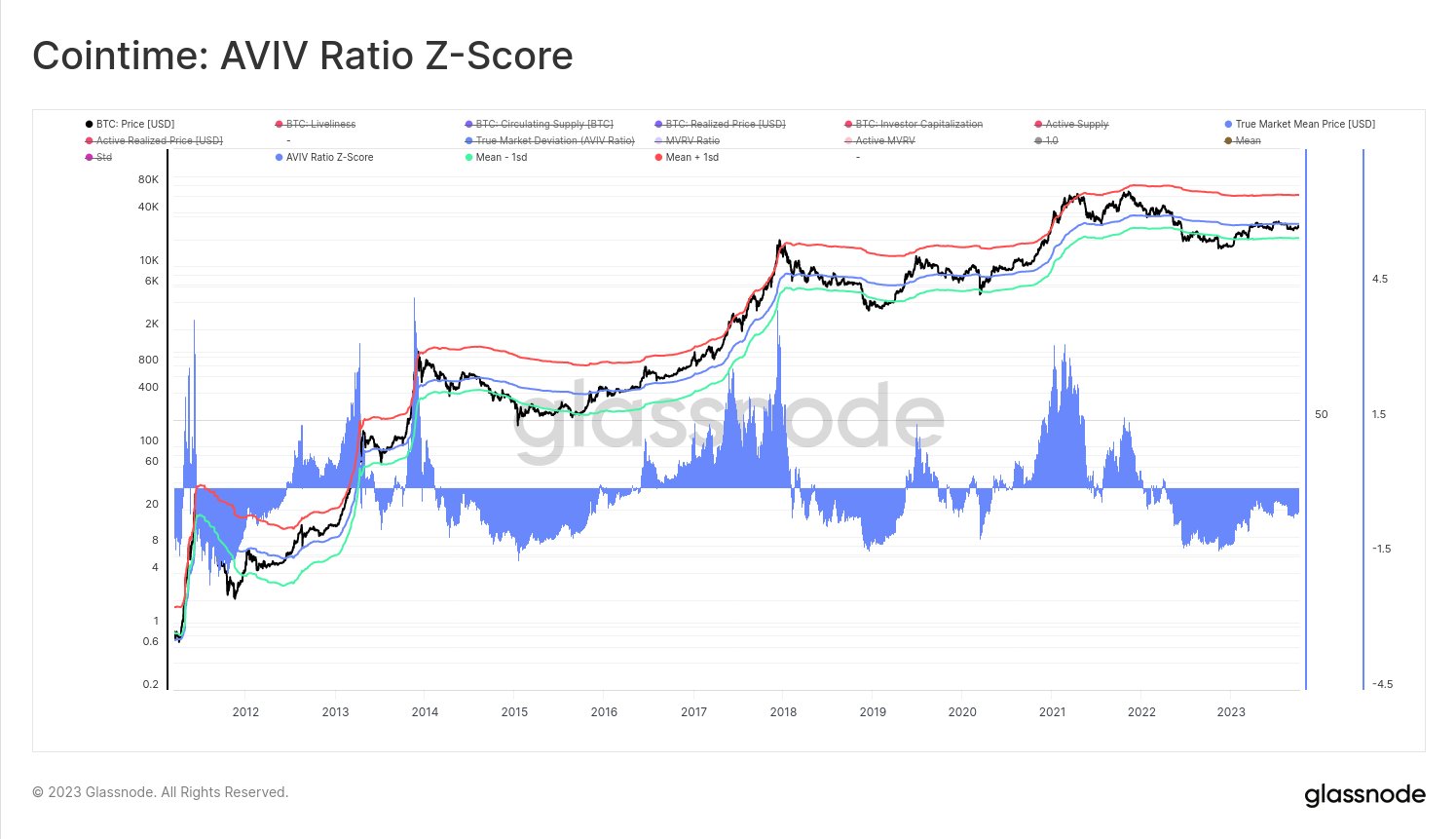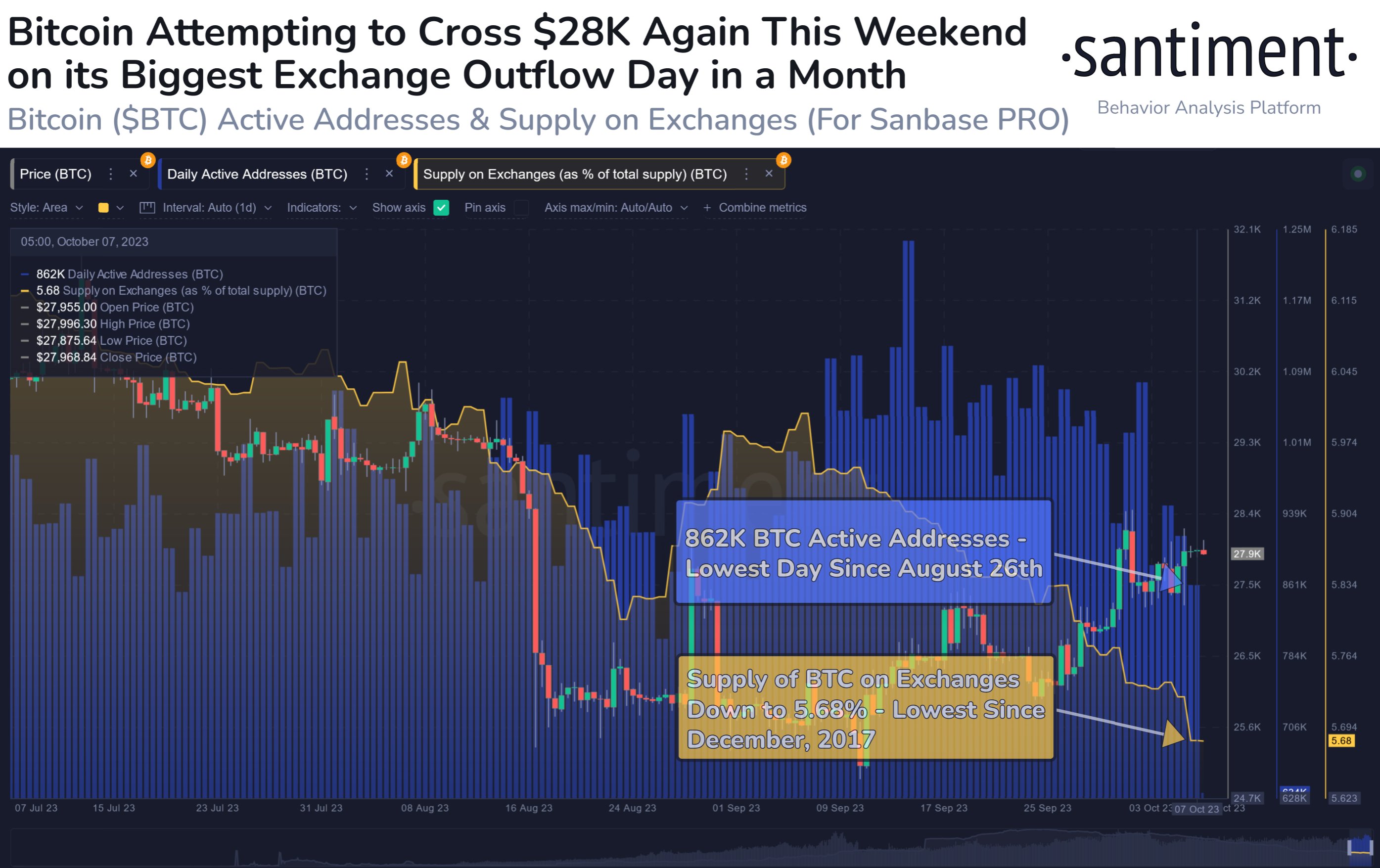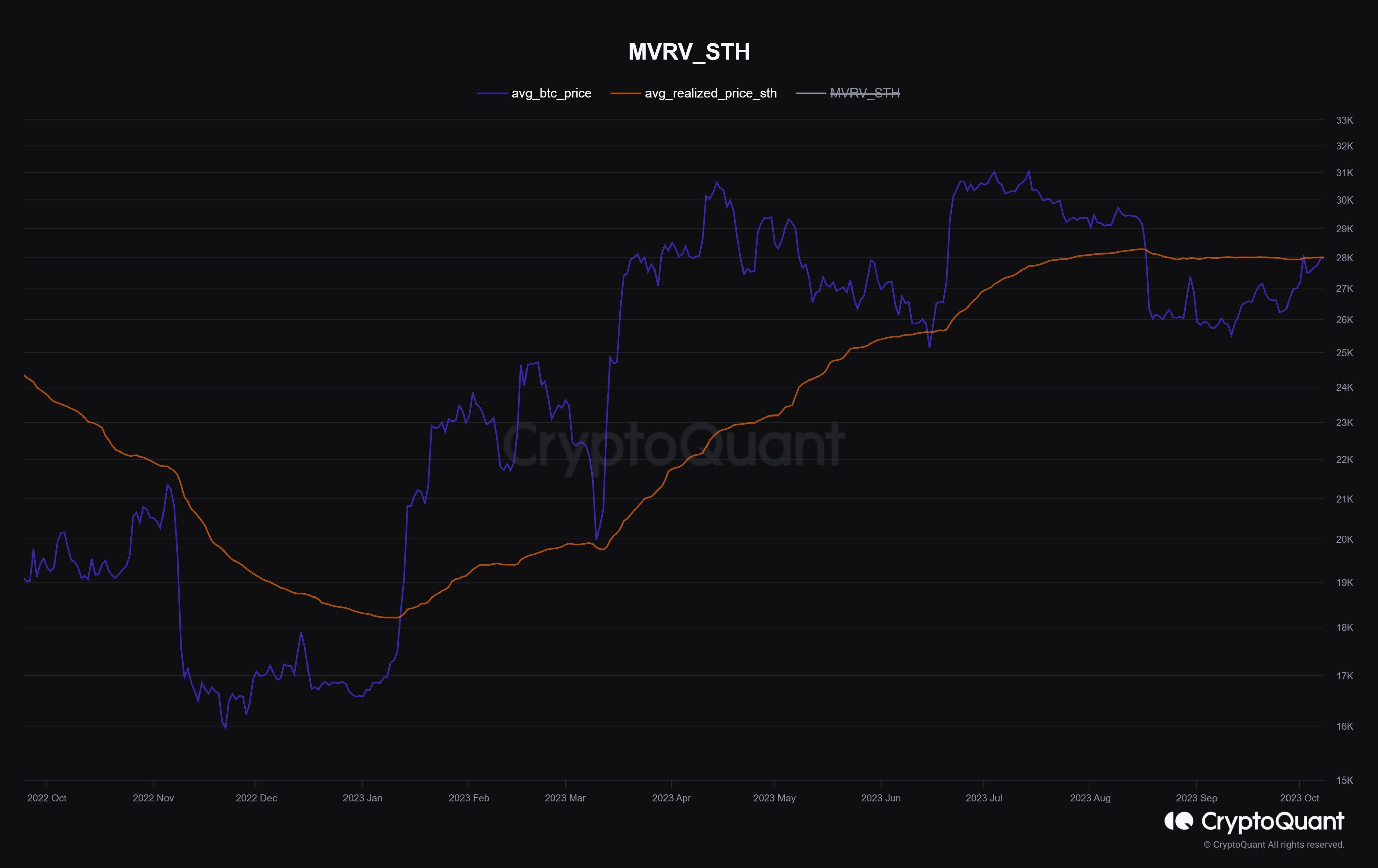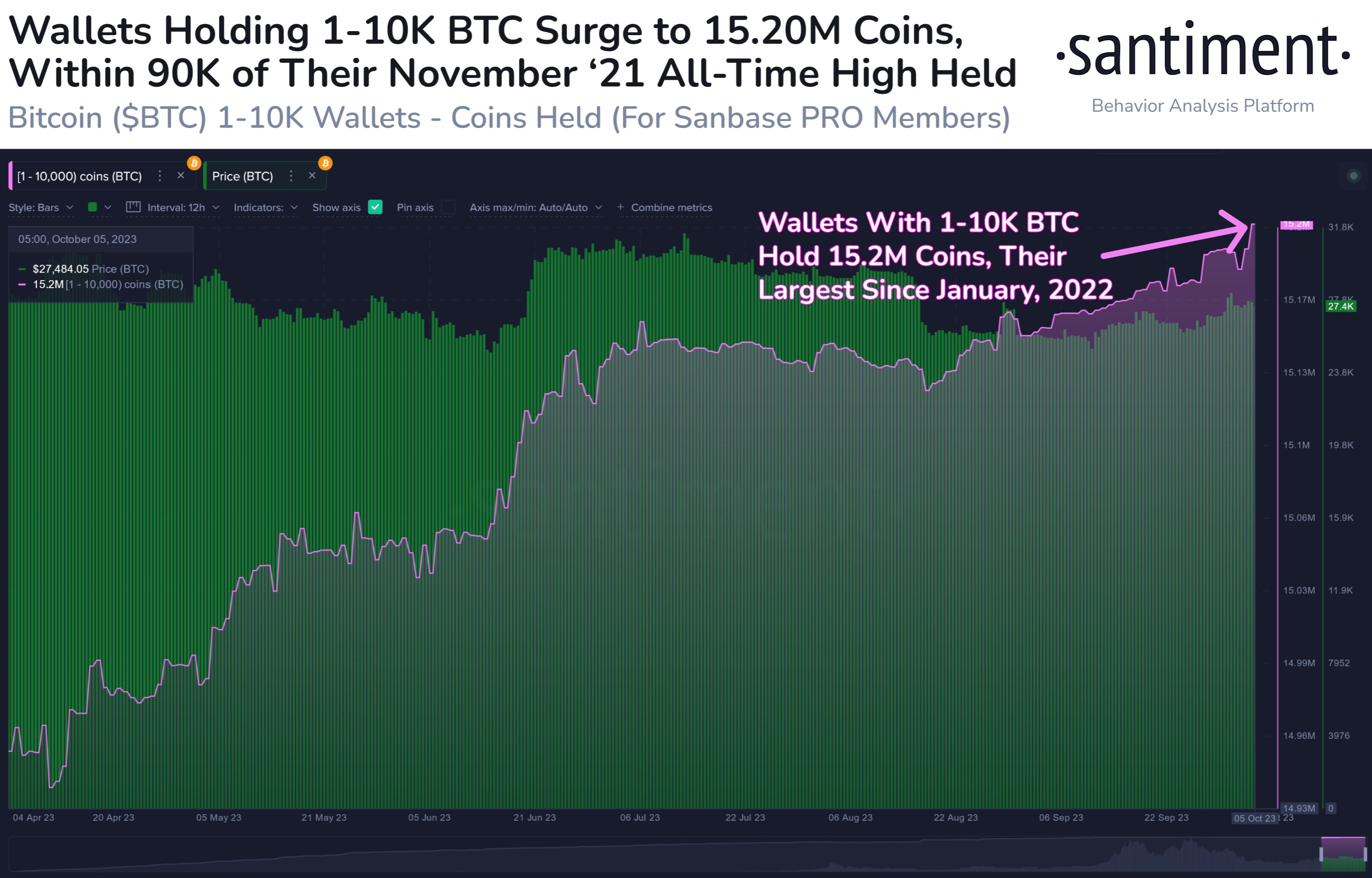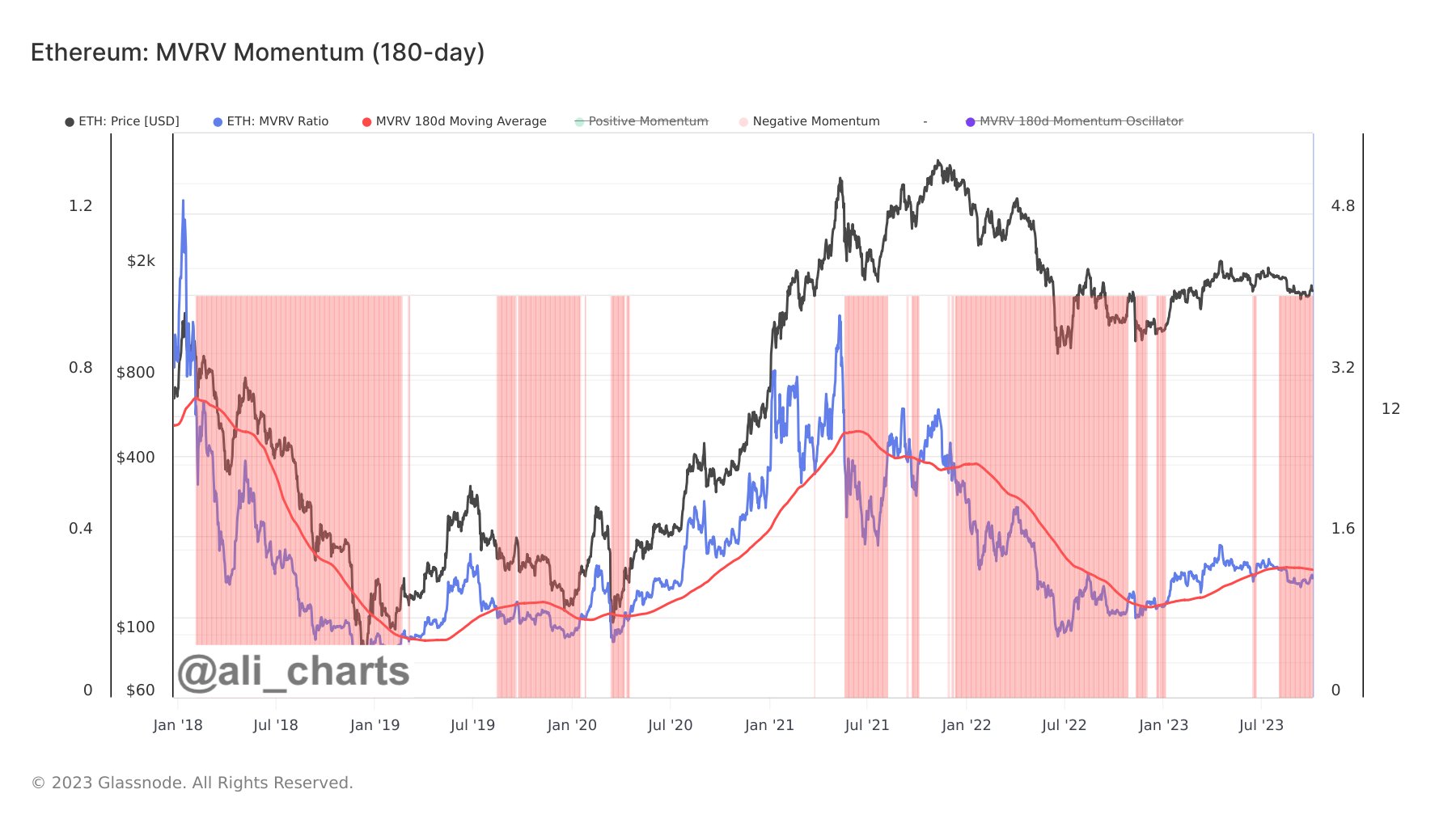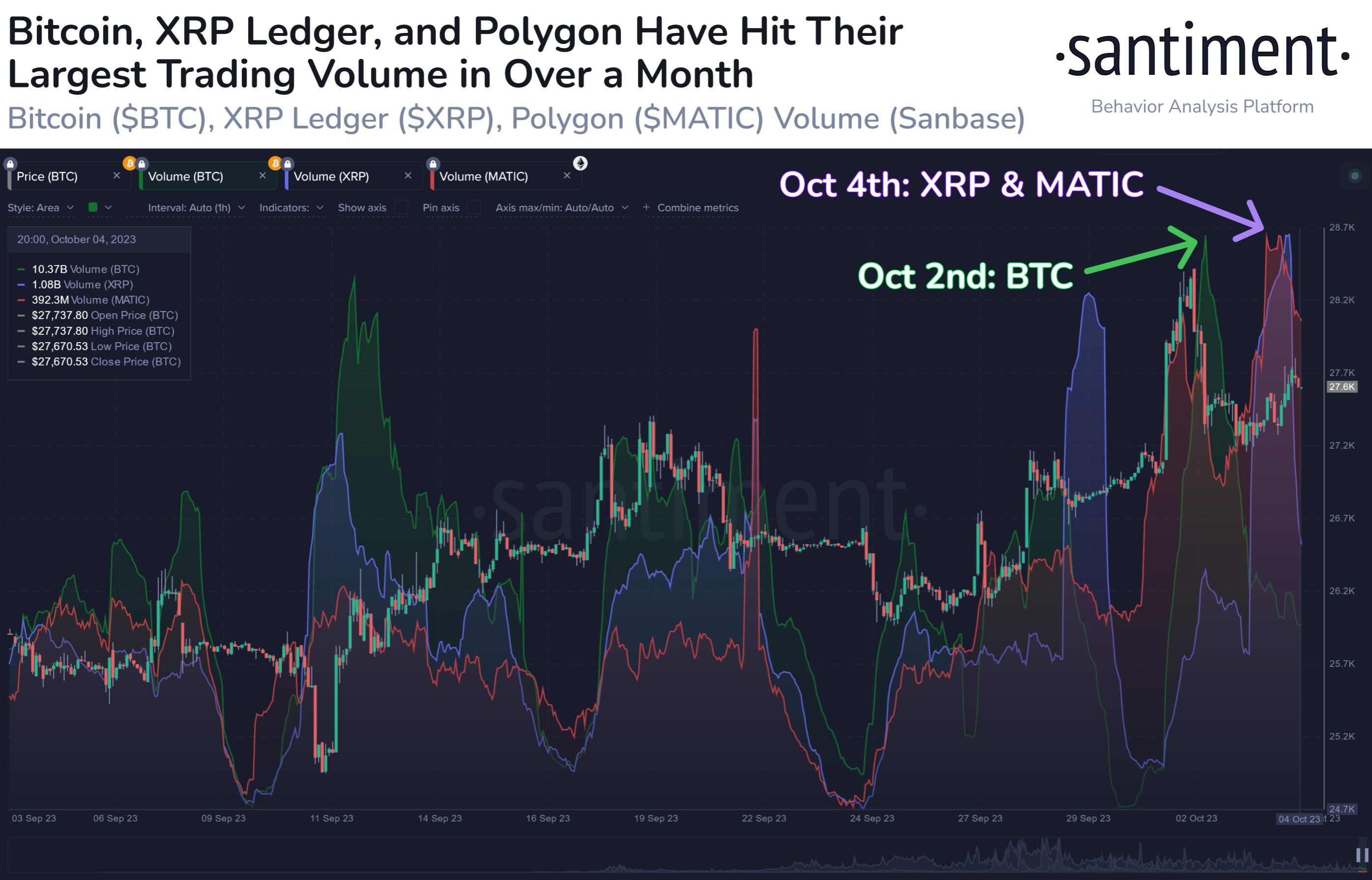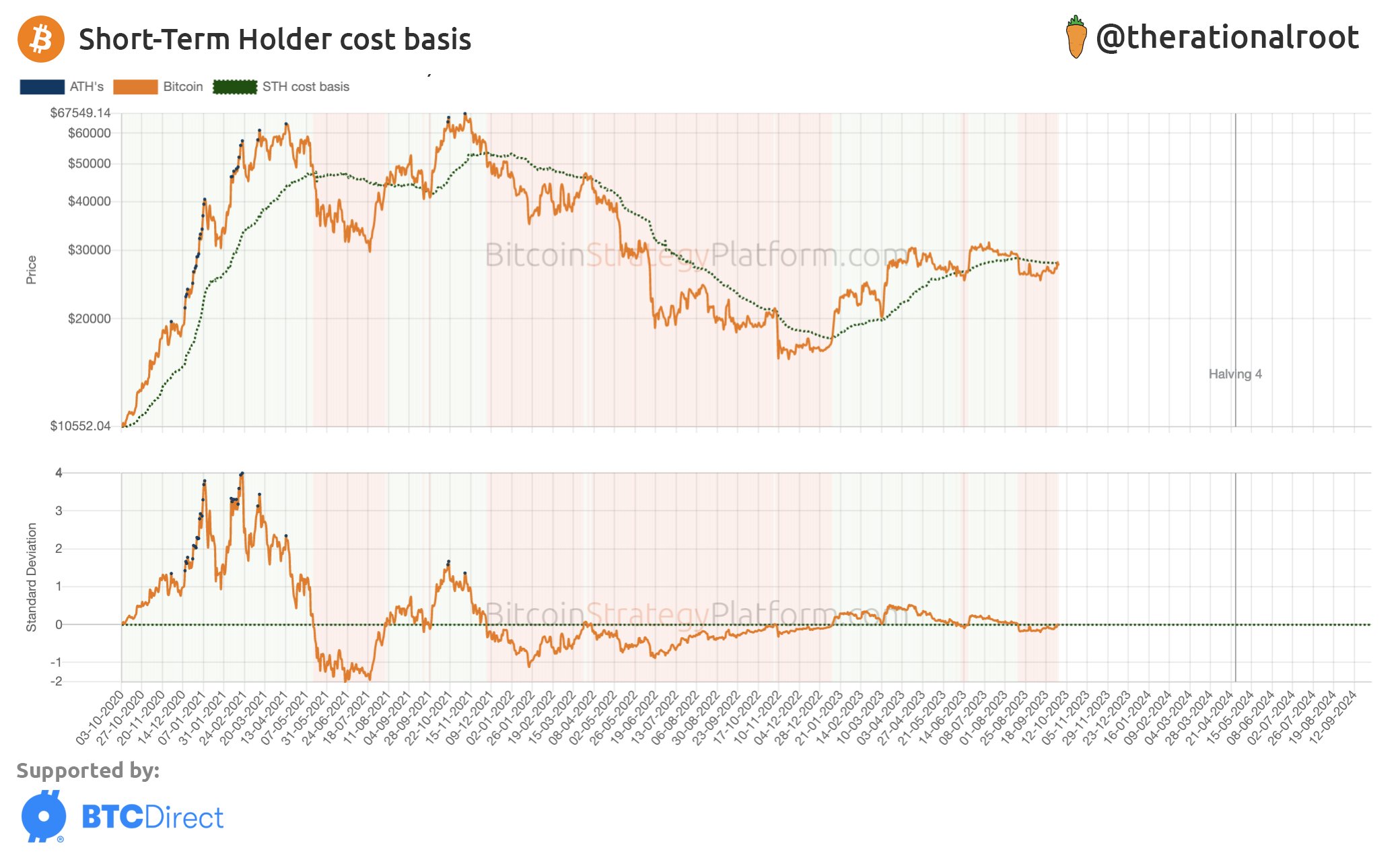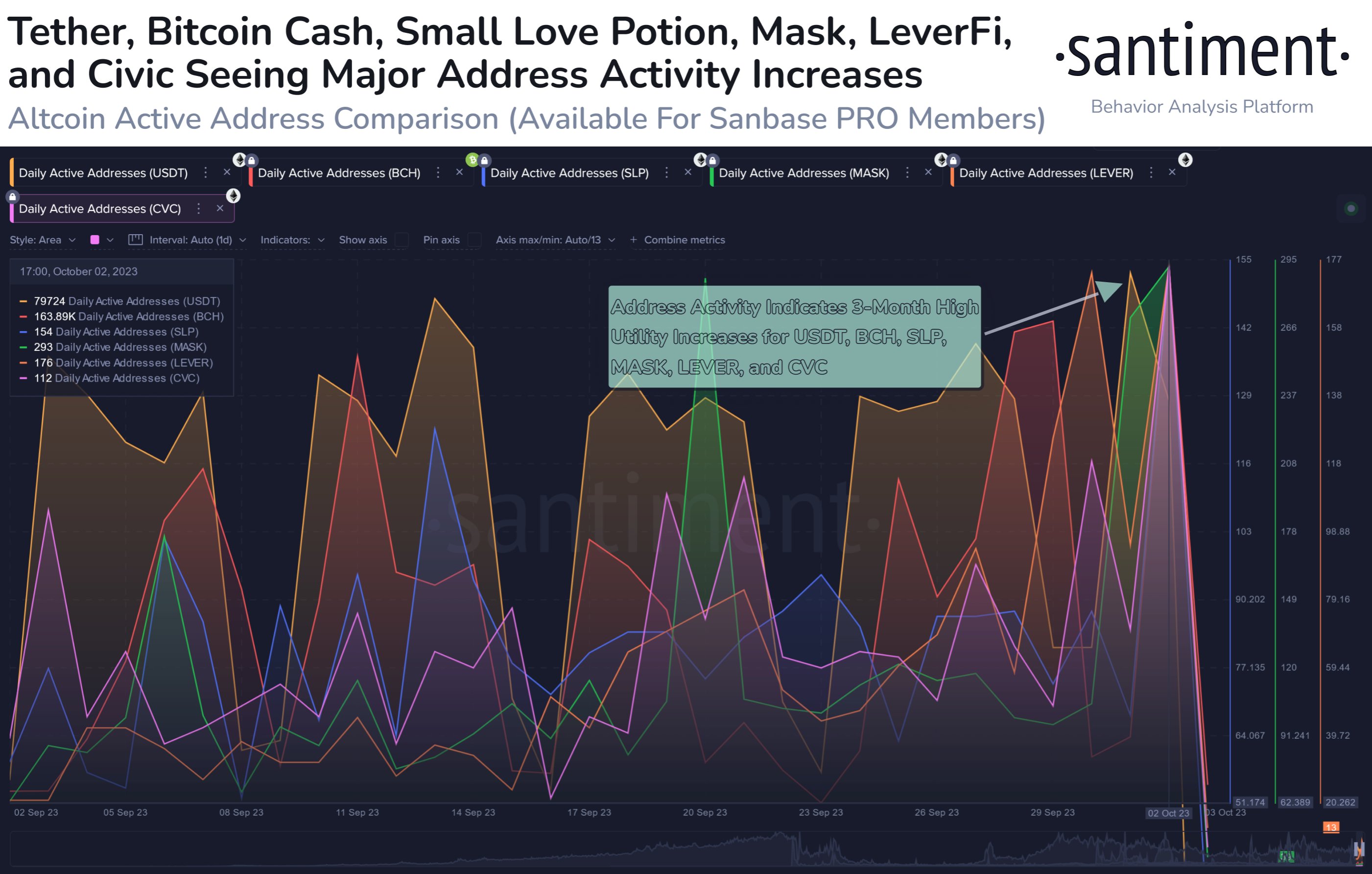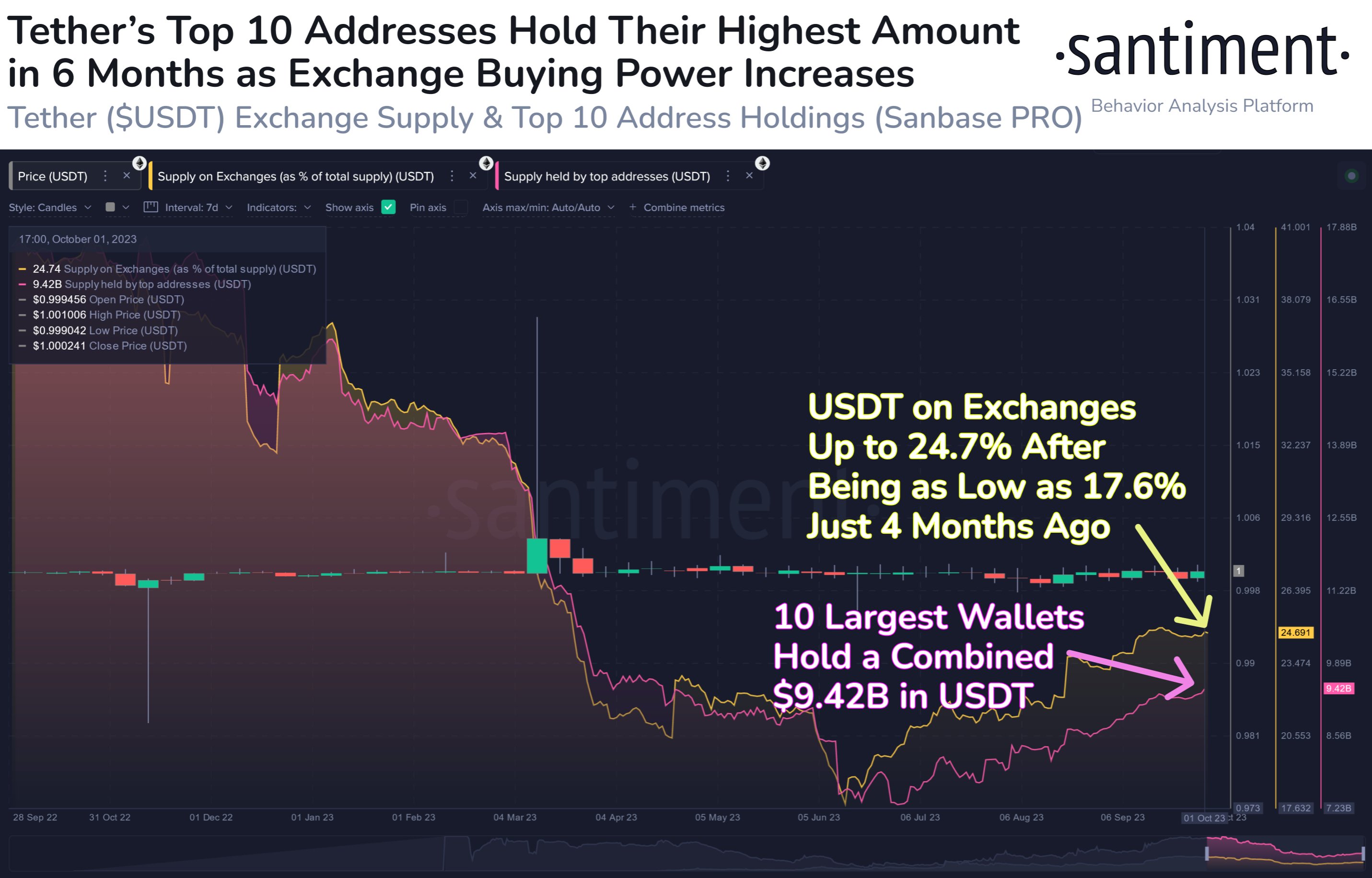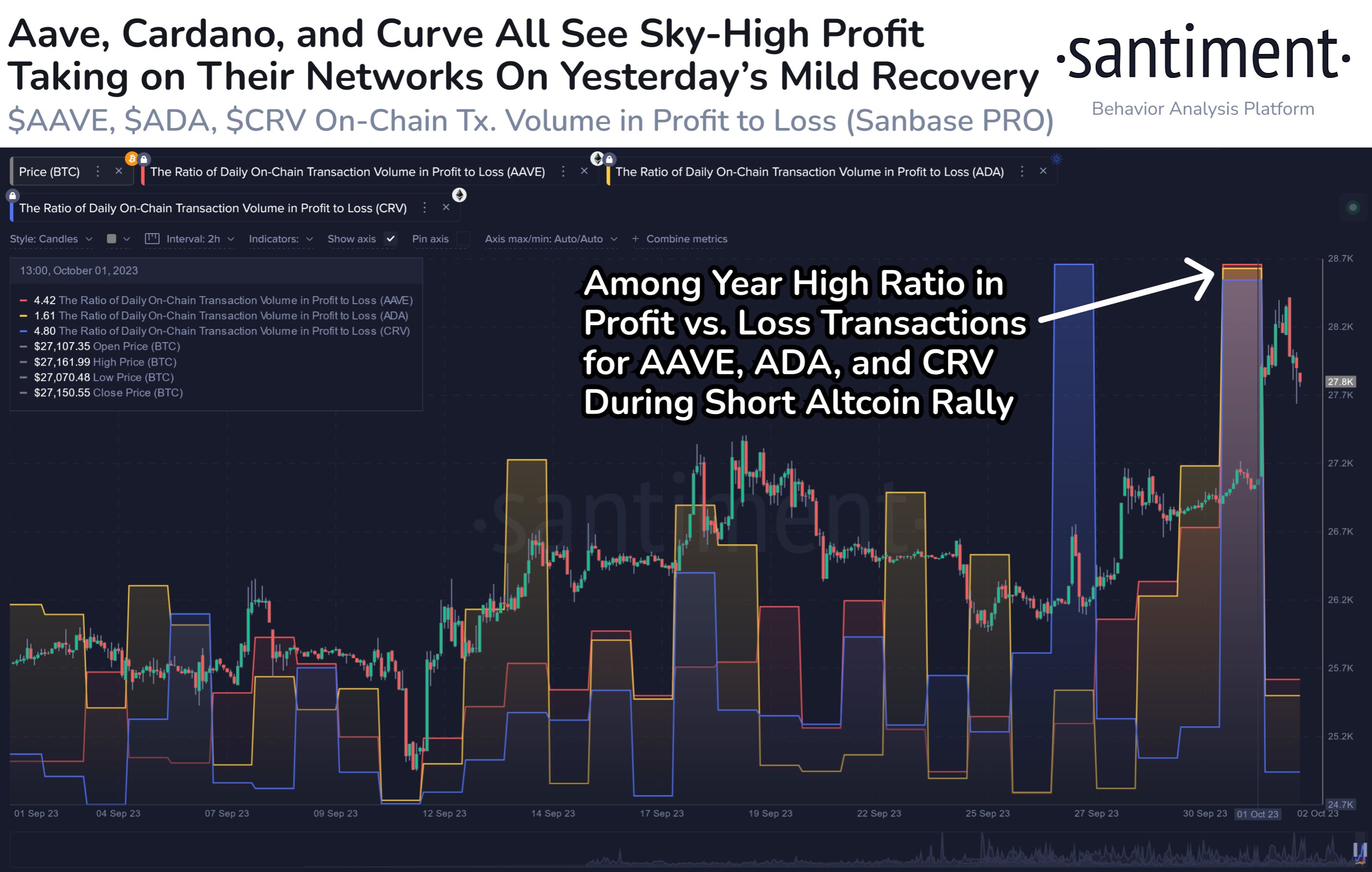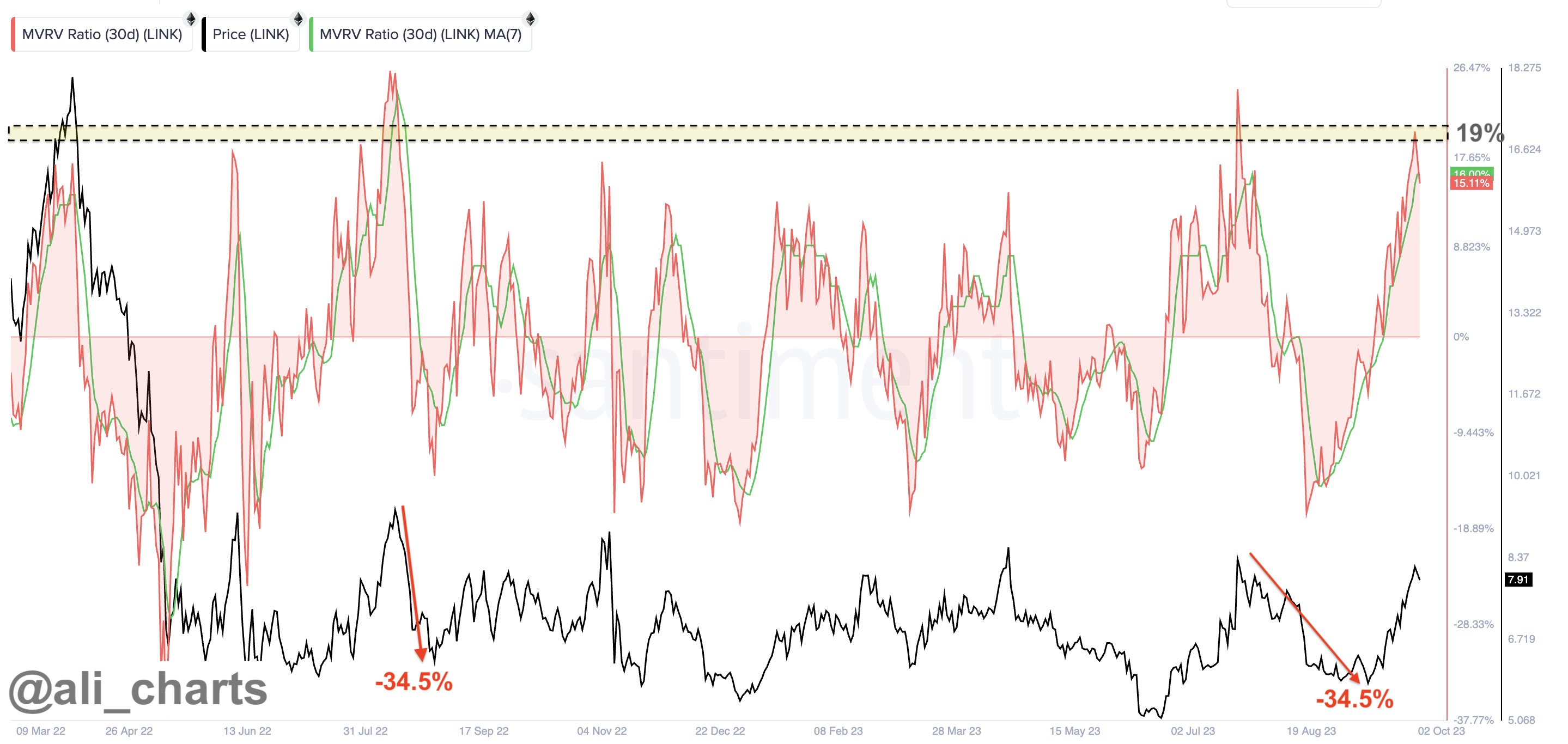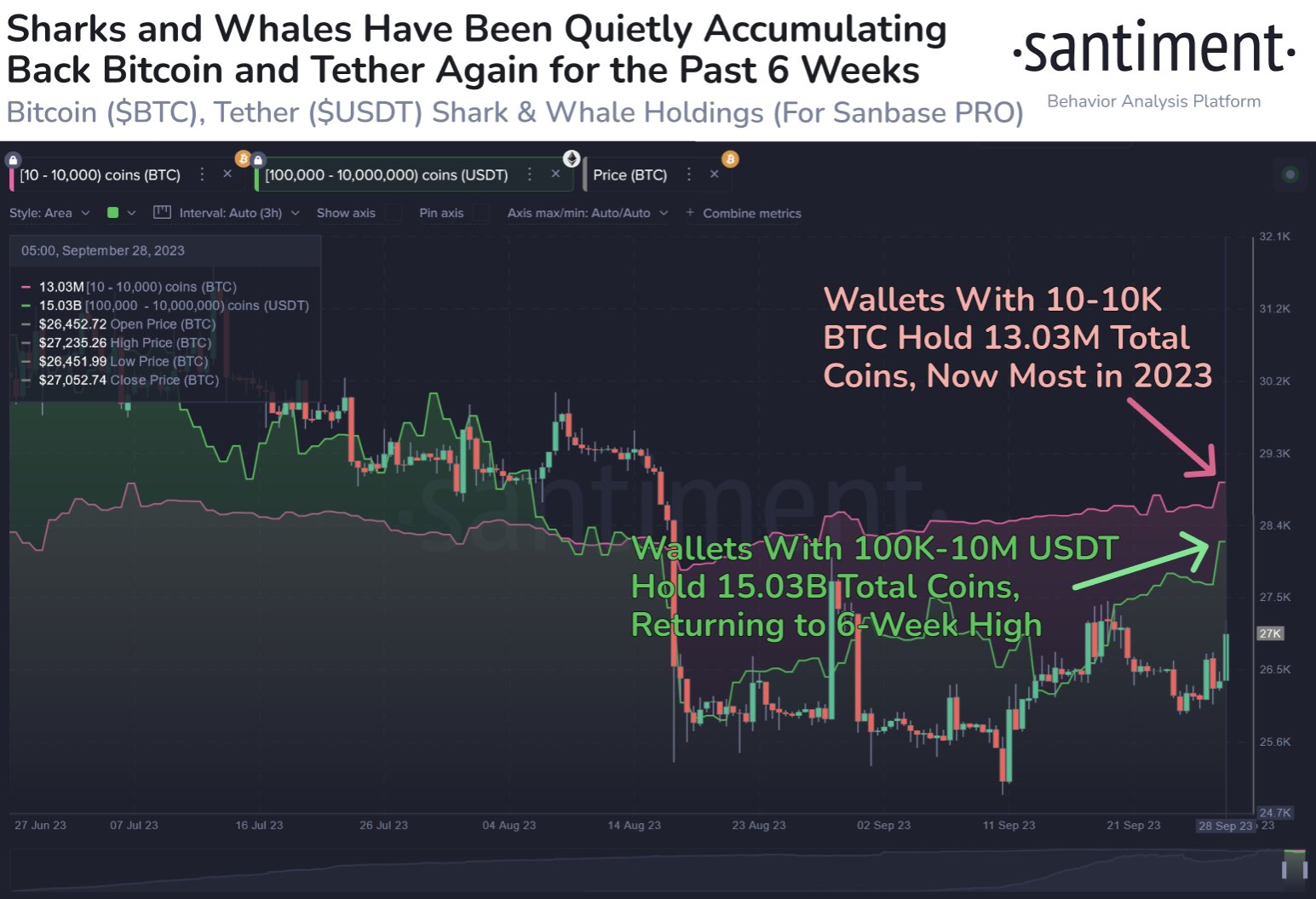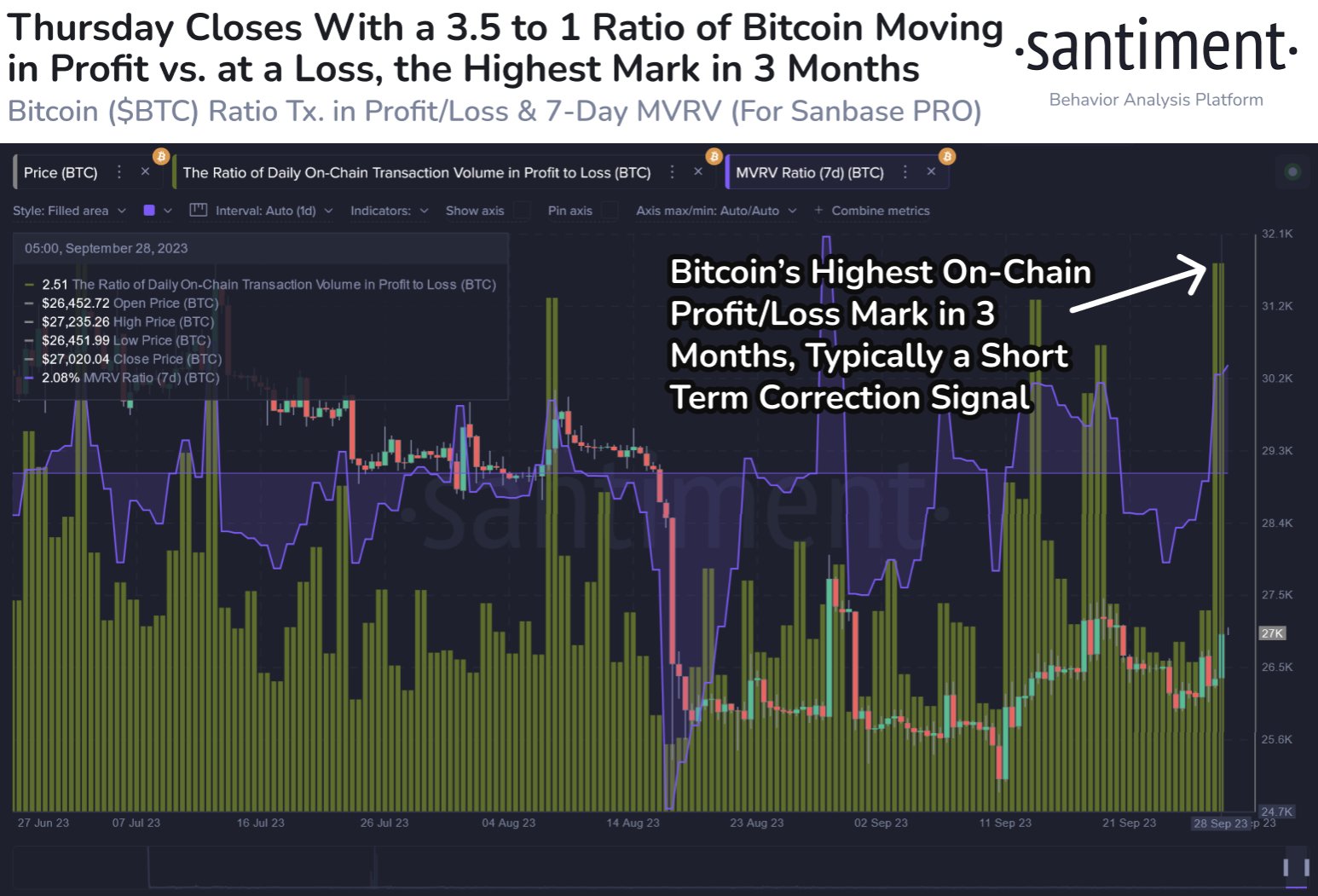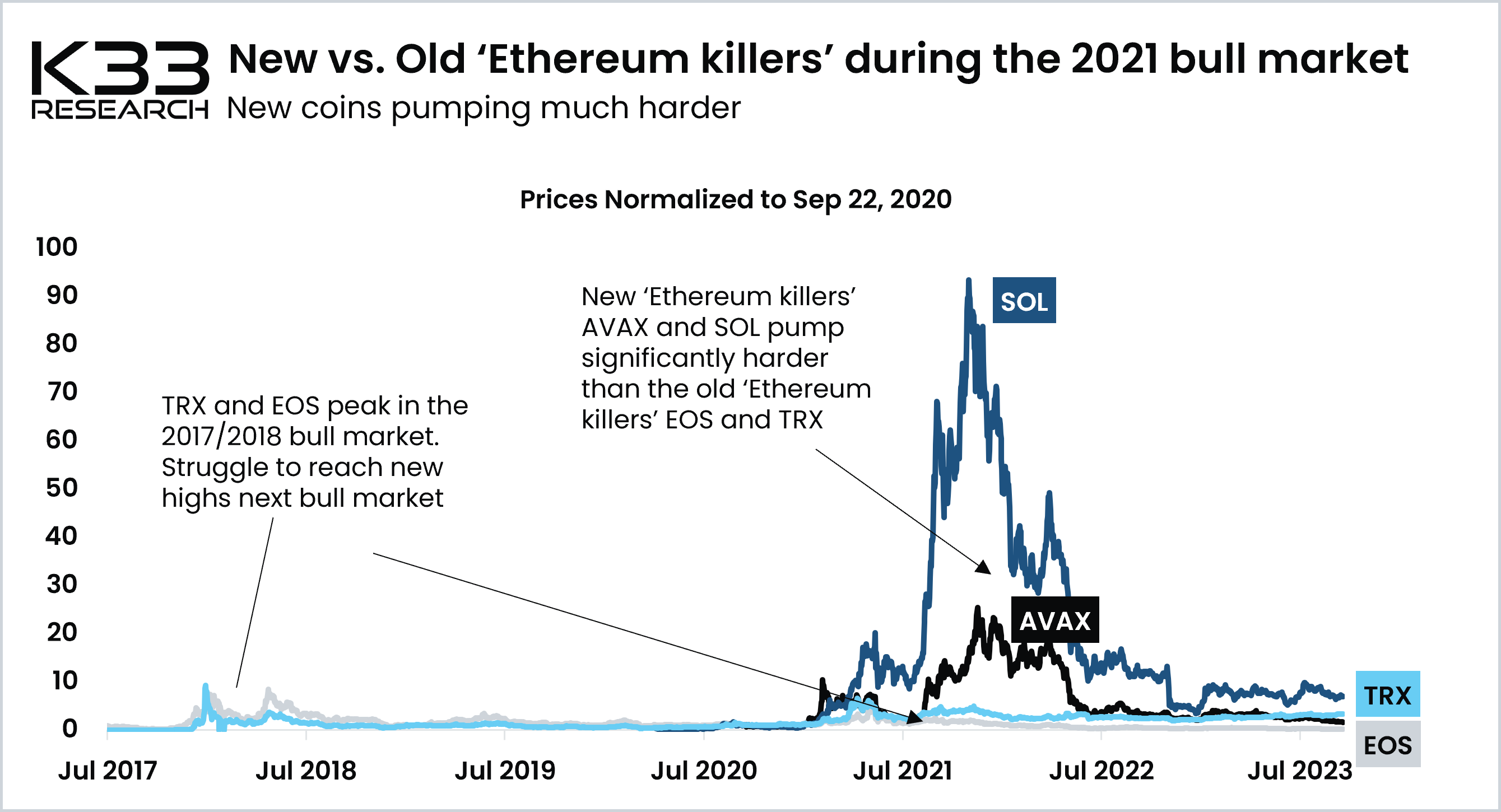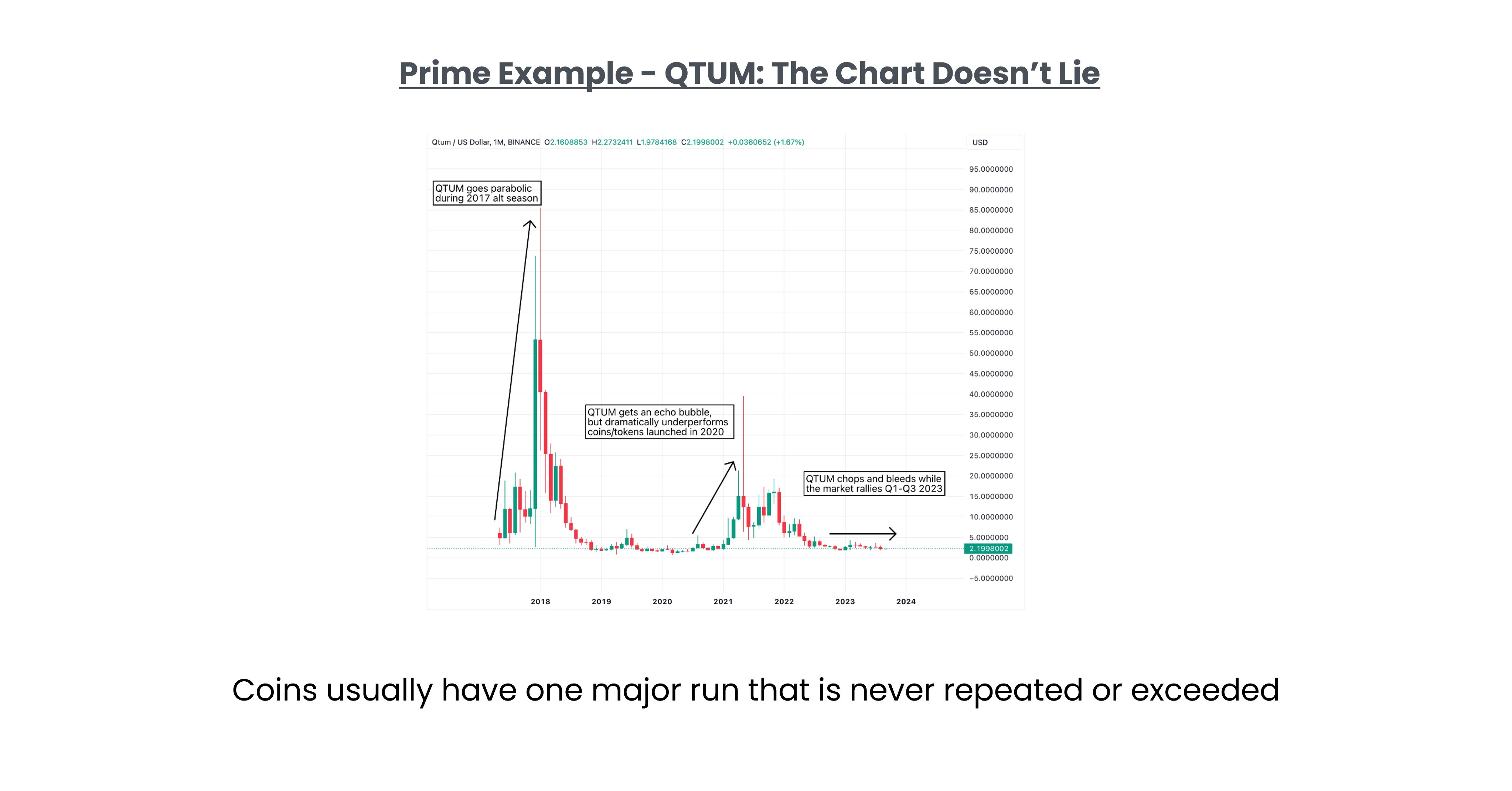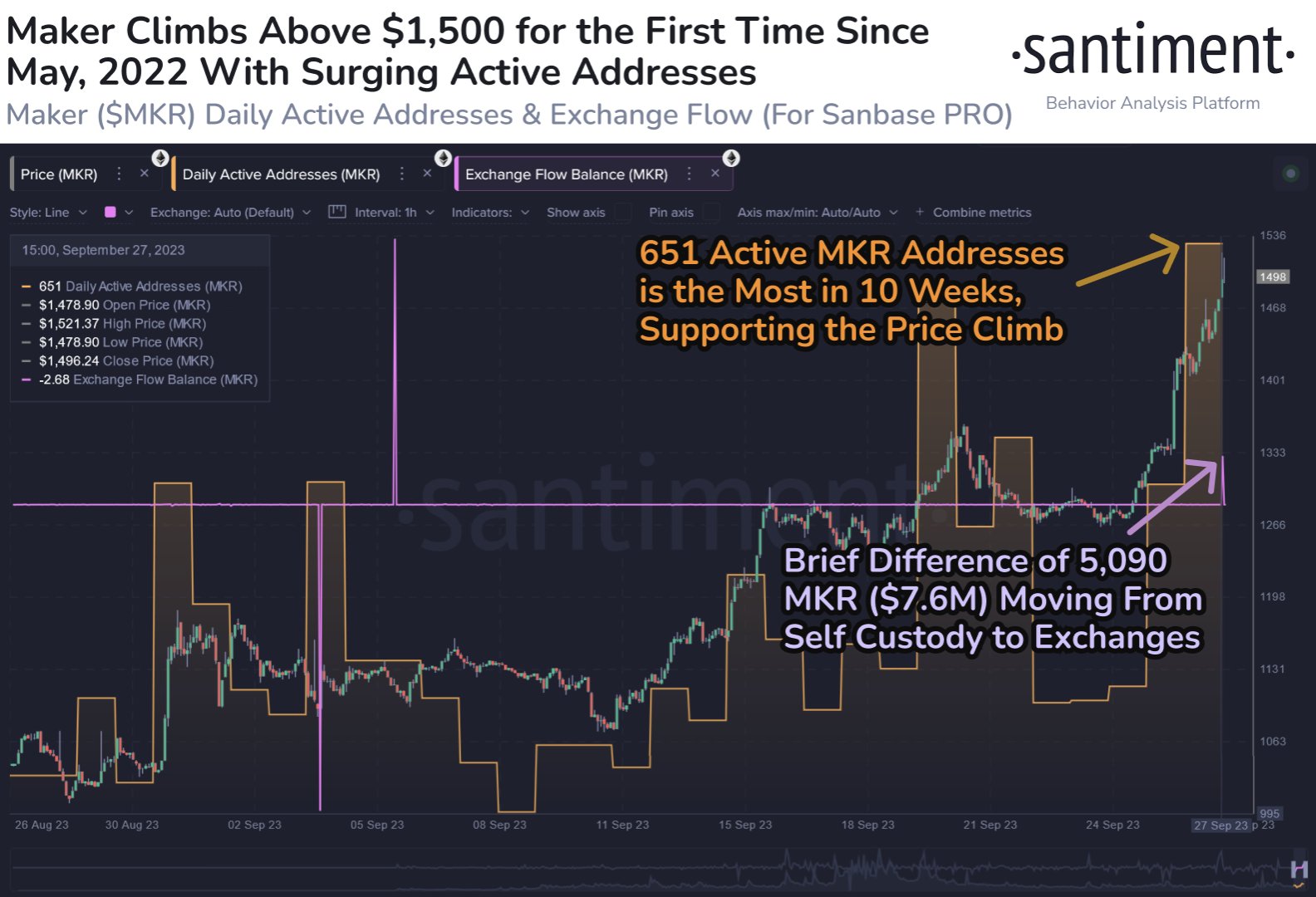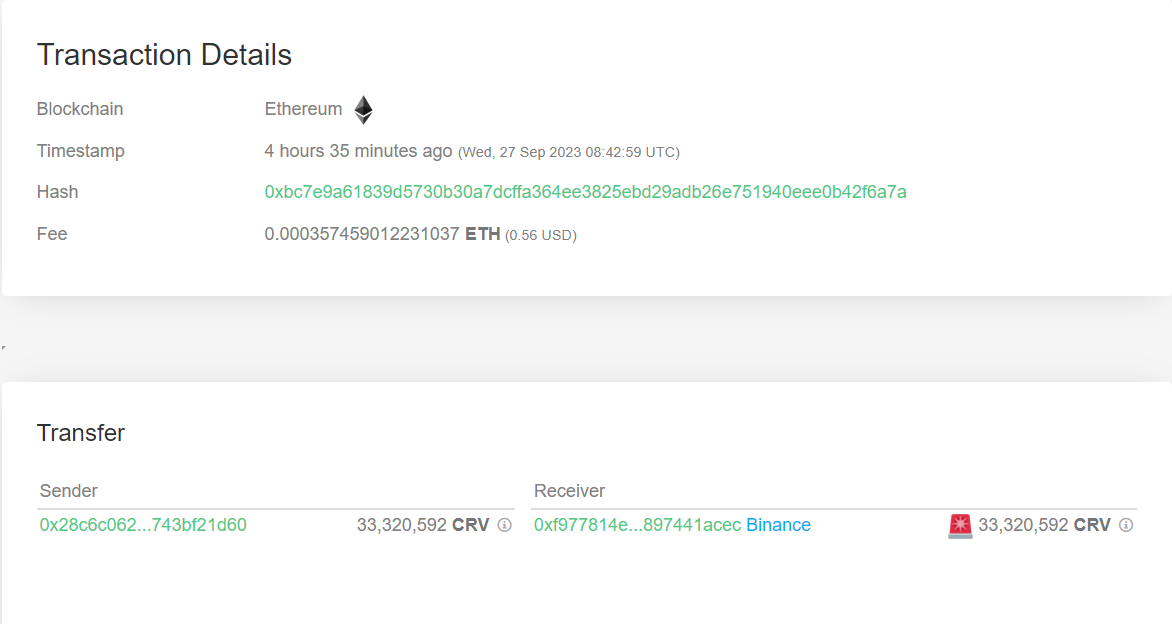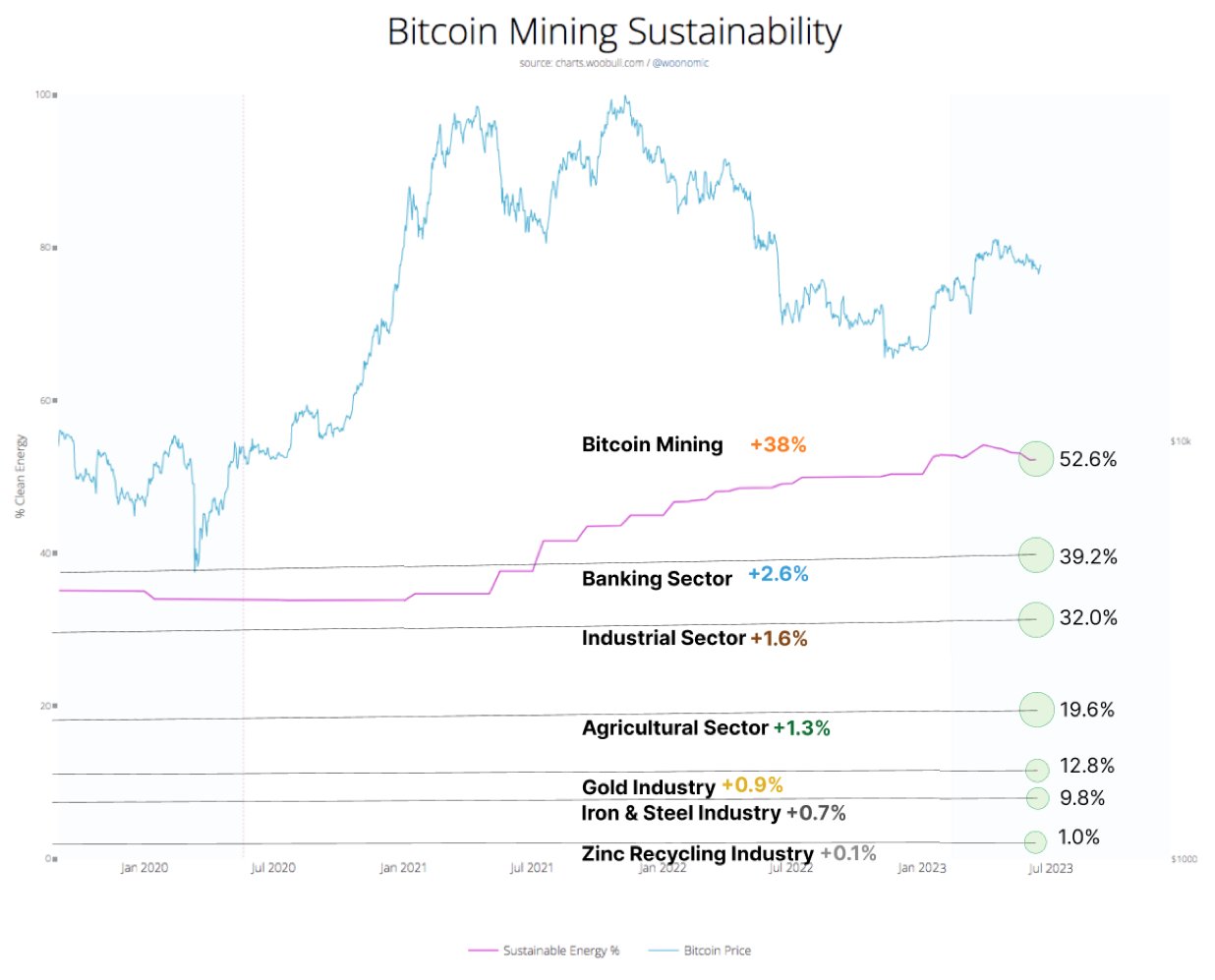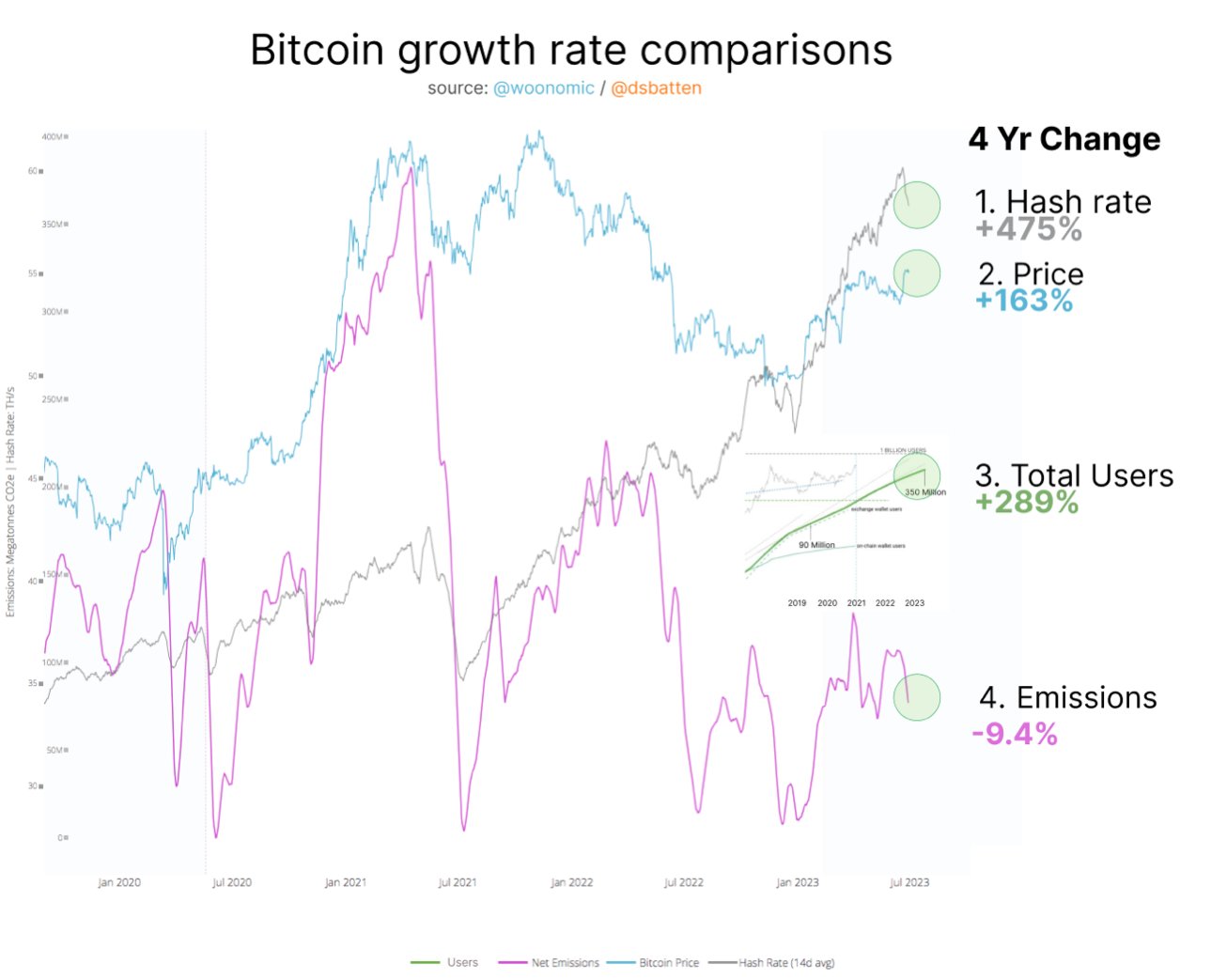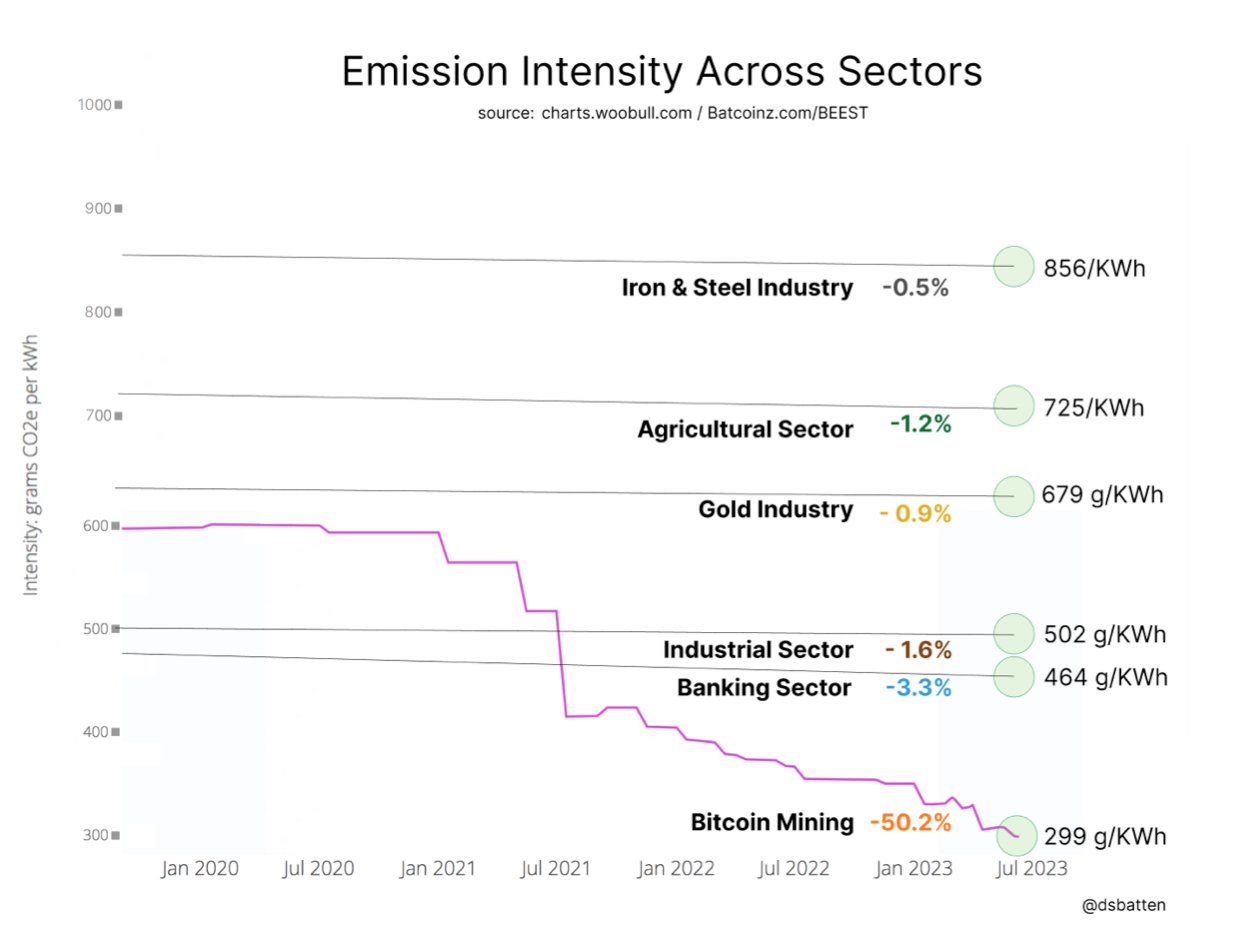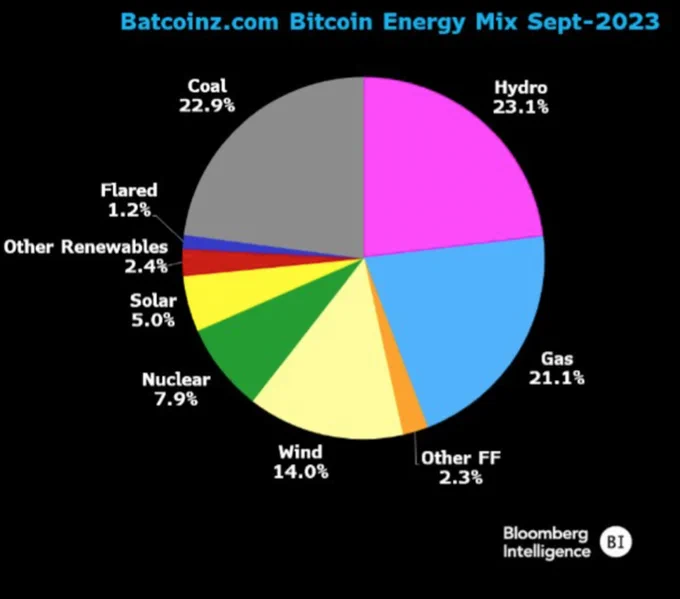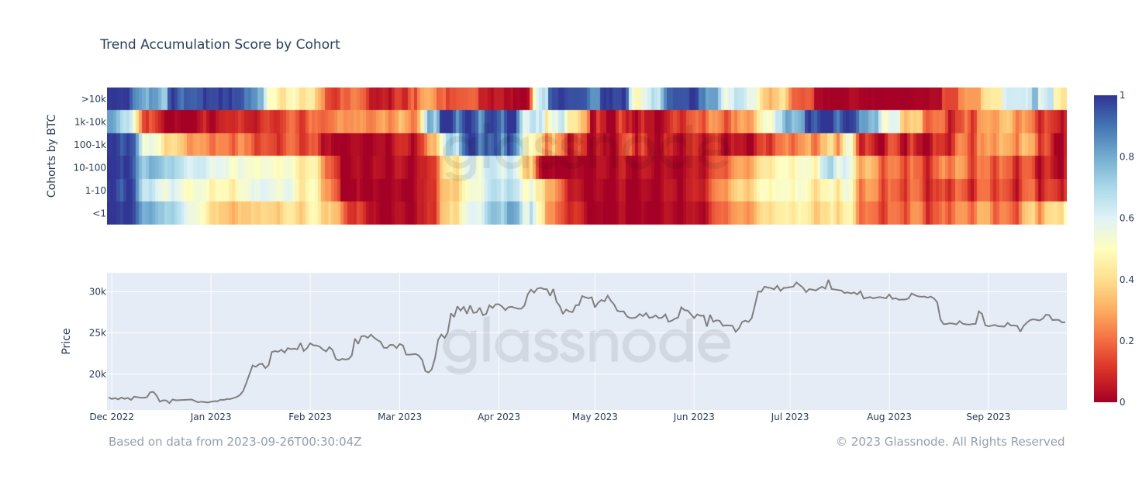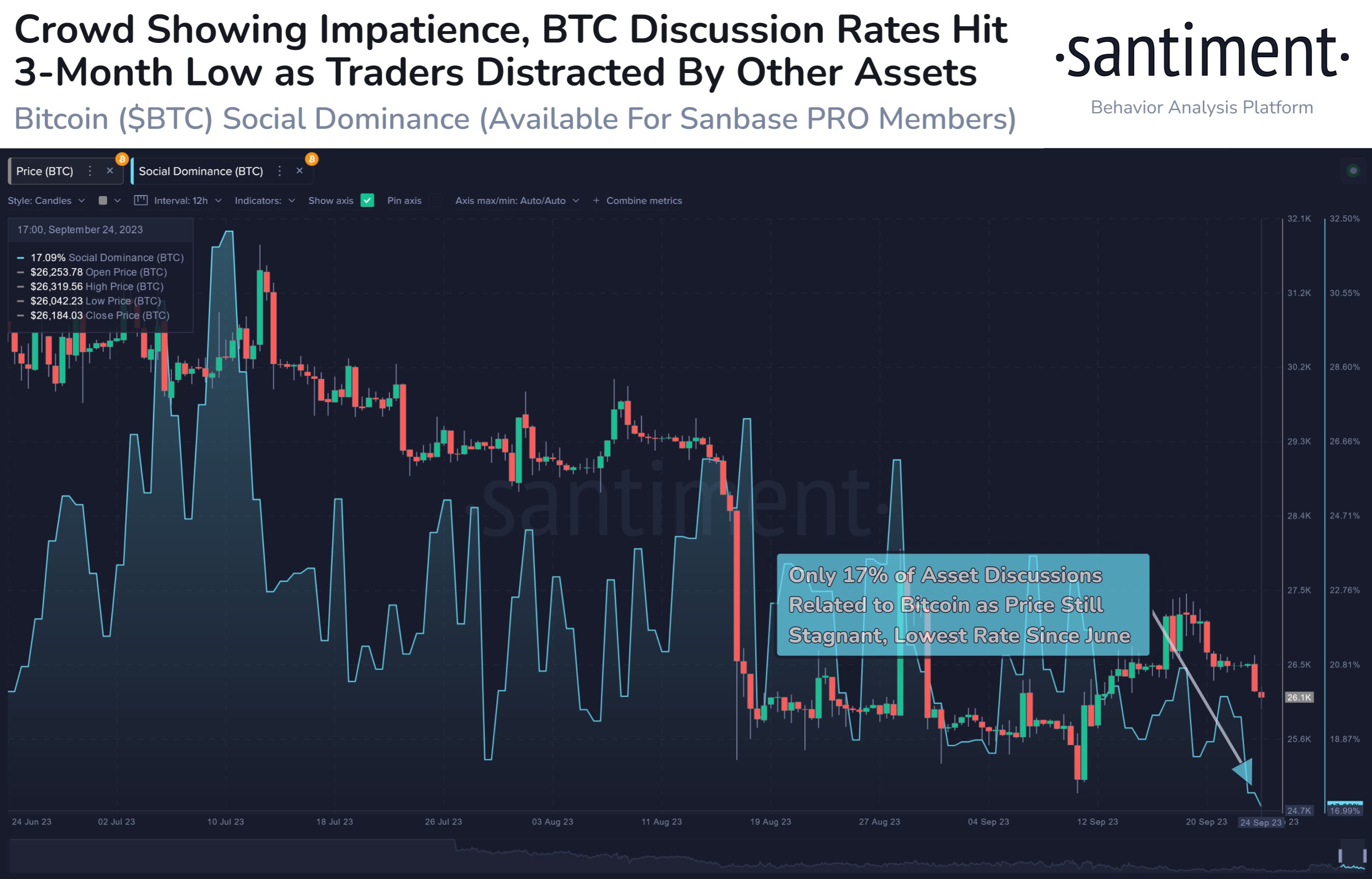On-chain data shows the true market mean price of Bitcoin is valued at $29,700 right now, making the level of particular significance for the coin.
Bitcoin True Market Mean Price Is At $29,700 Currently
In a new post on X, the lead on-chain analyst at the on-chain analytics firm Glassnode, “Checkmate,” pointed out how the BTC price currently trades below the true market cost basis.
The “market cost basis” refers to the average price at which the investors in the sector bought their coins. One popular way of calculating this cost basis is through the “realized cap,” which measures the total value of the cryptocurrency by assuming that the price at which each coin on the blockchain was last transferred is its true value.
When this capitalization model is divided by the total number of coins in circulation, the “realized price” is obtained, which is the average cost basis of the supply.
However, this method has some issues, such as a chunk of the circulating Bitcoin supply being permanently inaccessible (due to wallet keys becoming lost). A lot of this inactive supply would have traded long ago, meaning its cost basis would be shallow compared to today’s prices. Thus, if included in the metric, it would skew its value away from reality.
Checkmate and Ark Invest’s David Puell came up with “Cointime Economics” a while back, a new methodology that tackles the problems with the realized price.
“Cointime Economics introduces a simplified framework to efficiently discount the impact of lost supply and amplify economic impacts on the truly active supply,” explains Glassnode.
The chart below shows the trend in the “true market mean price” for Bitcoin, as calculated by this advanced model.
Based on this more accurate model, Bitcoin currently has a true mean price of $29,700. Therefore, the asset’s spot price is trading well below this level.
The graph shows that significant breaks above this indicator have historically resulted in the cryptocurrency enjoying some sustained bullish momentum.
Checkmate has also attached the “AVIV Ratio Z-Score” data in the same chart. The “AVIV Ratio” tracks the deviation from the true market mean that BTC is currently observing.
The Glassnode lead notes that this indicator is the most accurate measure of the market centroid for Bitcoin. At the current value, the metric is “still -0.6 standard deviations below its long-term mean,” according to the analyst.
The near-term outcome of the price based on this is uncertain, but in the long term, Bitcoin could see a reversion back to its mean, thus making the current price levels potentially profitable buying points.
BTC Price
At the time of writing, Bitcoin is trading at around $27,500, down 3% in the last week.
